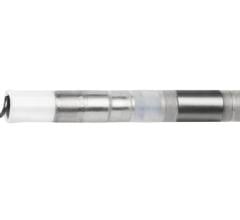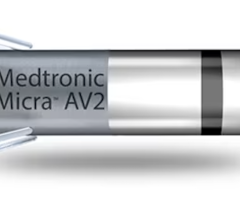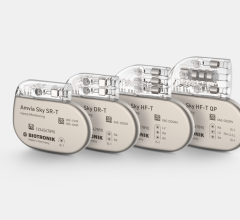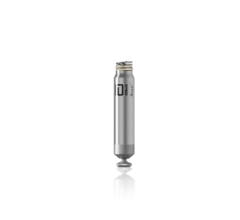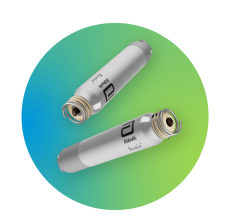October 20, 2009 – St. Jude Medical Inc. today said it received European CE mark approval for the industry’s first quadripolar pacing system for cardiac resynchronization therapy defibrillators (CRT-Ds).
The quadripolar system offers physicians the ability to more effectively and efficiently manage the ever-changing pacing needs of patients with heart failure. It integrates multiple pacing options and features that enable physicians to better manage common pacing complications without having to surgically reposition the lead.
“Managing heart failure patients is often challenging and typically involves ongoing medical management,” said Klaus Gutleben, M.D., consultant cardiologist at the Heart and Diabetes Center North Rhine-Westphalia in Bad Oeynhausen, Germany. “This new quadripolar pacing system provides more options for managing the needs of my patients with heart failure and reduces the patient’s risk of needing multiple surgical procedures, which should lead to more efficient patient care.”
The quadripolar system, with the Quartet left ventricular pacing lead, features four pacing electrodes on the left ventricular lead – enabling up to 10 pacing configurations. Multiple pacing configurations provide physicians with more options to pace around scar tissue in the heart and avoid common pacing complications without the need to surgically reposition the lead.
Common pacing complications that can occur in patients implanted with a CRT system include high pacing thresholds and unintentional phrenic nerve or diaphragmatic stimulation. Patients with high pacing thresholds require significantly higher energy to pace the heart; this may reduce the device’s battery life or cause pacing to fail. Phrenic nerve and diaphragmatic stimulation occur when the electrical output from a device inadvertently activates the diaphragm muscle (either directly or via the phrenic nerve), causing hiccups upon each pacing stimulus. Both high pacing thresholds and phrenic nerve or diaphragmatic stimulation are often due to the location of the pacing lead electrode.
“The new features offered in this quadripolar system allow me to mitigate potential complications that would otherwise require an invasive procedure to re-place or reposition the left ventricular lead,” said Dr. Johannes Sperzel of the Kerckhoff Klinik in Bad Nauheim, Germany. “Moreover, the lead maintains excellent handling characteristics, as the additional electrodes do not impact my ability to place the lead in the targeted vein.”
In addition to multiple pacing options, the Quartet pacing lead features other St. Jude Medical technologies such as Optim insulation – a material that combines the biostability and flexibility of high-performance silicone rubber with the strength, tear resistance and abrasion resistance of polyurethane, to provide increased durability, flexibility and improved handling characteristics – and the “S-curve” design of the QuickFlex lead family, which increases stability.
Cardiac resynchronization therapy, which can be delivered in an implantable cardioverter defibrillator (ICD) or a pacemaker, resynchronizes the beating of the heart's lower chambers (ventricles), which often beat out of sync in heart failure patients. Studies have shown that CRT can improve the quality of life for many patients with heart failure, a progressive condition in which the heart weakens and loses its ability to pump an adequate supply of blood. Approximately 23 million people worldwide are afflicted with congestive heart failure (CHF), and 2 million new cases of CHF are diagnosed each year worldwide.
The quadripolar CRT-D and Quartet pacing lead will be distributed via a limited launched in Europe, and will be used in the investigational devices exemption (IDE) trial for U.S. Food and Drug Administration (FDA) approval of the commercialized device, which will be called the Promote Quadra CRT-D.
For more information: www.sjm.com

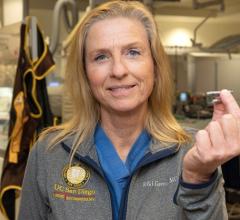
 March 26, 2024
March 26, 2024 

